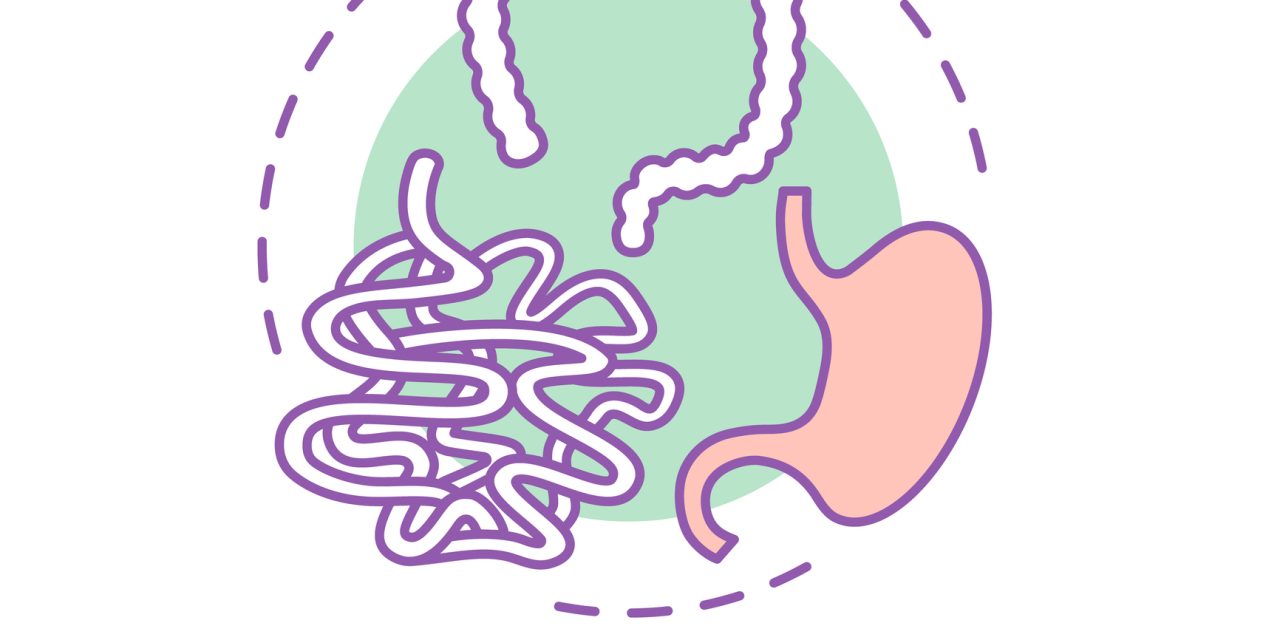The novel coronavirus disease 2019 (COVID-19) has become a global pandemic, but the factors influencing viral RNA shedding remain unclear to inform optimal control strategies.
The clinical course and viral RNA shedding pattern of 267 consecutive symptomatic COVID-19 patients admitted to the hospital from January 20, 2020 to March 15, 2020 were retrospectively evaluated.
The median viral RNA shedding duration was 12 days (interquartile range, 8-16 d) after the onset of illness. Of the 267 patients included in this study, 65.2% had viral RNA cleared within 14 days, 88.8% within 21 days, and 94.4% within 28 days. Older age (hazard ratio [HR], 0.99; 95% confidence interval [CI]: 0.98-1.00; P = 0.04), time lag from illness onset to hospital admission (HR, 0.91; 95% CI: 0.88-0.94; P < 0.001), diarrhea (HR, 0.59; 95% CI: 0.36-0.96; P = 0.036), corticosteroid treatment (HR, 0.60; 95% CI: 0.39-0.94; P = 0.024), and lopinavir/ritonavir use (HR, 0.70; 95% CI: 0.52-0.94; P = 0.014) were significantly independently associated with prolonged viral RNA shedding.
Early detection and timely hospital admission may be warranted for symptomatic COVID-19 patients, especially for older patients and patients with diarrhea. Corticosteroid treatment is associated with prolonged viral RNA shedding and should be used with caution. Lopinavir/ritonavir use may be associated with prolonged viral RNA shedding in non-severe patients; further randomized controlled trials are needed to confirm this finding.
Copyright © 2020. Published by Elsevier Ltd.
Associations of Clinical Characteristics and Treatment Regimens with Viral RNA Shedding Duration in Patients with COVID-19.


